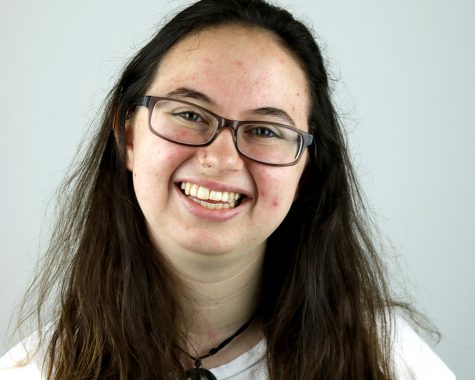Faculty Senate hears new goals for marketing
November 27, 2018
Josh Norman, the associate vice president of enrollment management, presented to the Faculty Senate at its Nov. 27 meeting about the new freshman class and the marketing goals to come.
When compared to the freshman profile from 2017, 2018 freshman have a higher overall high school grade point average and higher ACT scores, according to the data Norman shared with the senate.
Included in the top five incoming majors are undecided majors, biological sciences, psychology, pre nursing and criminology/criminal justice, which is in its first full academic year as a program.
Norman also presented on strategic enrollment planning, or the process of crafting an annual marketing and admission plan for Eastern.
The strategic enrollment plan did not used to be an annual creation, but Norman said he thinks it is essential to make an annual plan that encases overarching goals as well as data about new and incoming students.
“So every year there’s this big strategic enrollment plan, but there is also an annual plan; this is something we’ve never had before,” Norman said. “The thing that I know is that students’ behaviors, demographics, all that is changing and it changes year to year, and so if we develop a plan and we sit on it for three, four, five years, it becomes less and less effective, but if we’re looking and strategically analyzing data looking at incoming students, and we are changing our approach year to year, we continue that effectiveness.”
The current structure of SEP came, Norman said, from the vitalization project.
The vitalization project was originally proposed by Eastern President David Glassman in 2016 and included different workgroups that made recommendations for programs in various areas around campus, including Workgroup No. 3, which looked at admissions and marketing.
According to Norman’s presentation, this workgroup drafted 51 enrollment management recommendations, which were sorted through and incorporated in this new SEP set up.
Norman said this workgroup was what helped jumpstart change in enrollment management.
“There’s three major players in this strategic enrollment plan. It started with the vitalization group focused on enrollment management, that’s really what started the snowball, and then the SEP was developed by myself, Enrollment Worx and the Committee on Retention Efforts, so our primary enrollment groups on this campus,” Norman said.
Norman said this commitment to being actively involved in SEP is vital for Eastern.
“So many years, I sat back and watched just what was happening, (which) was (we were) flying by the seats of our pants,” Norman said. “We can’t be reactionary anymore, we have to be proactive in our approaches, and everything we’ve done the previous year needs to just happen automatically the next year.”
Some of the 10-year goals Norman listed in his presentation included a freshman and sophomore retention rate of 77 percent, reaching and maintaining an overall enrollment of 9,000 to 10,000 students and the growing of graduate enrollments.
Norman said one of his biggest marketing struggles is the perception of Eastern that exists in part because of the budget impasse.
Other challenges include the lower high school graduation rates in Illinois and the outmigration of college students from Illinois to universities elsewhere, with Illinois having the second-highest rate of this in the nation.
Norman said creating the 10,000 cap on the ideal number of students is a lesson learned from Eastern’s past.
“We definitely have to be thinking about the future, because we realize that we got here taking what was happening in the current moment for granted,” Norman said. “Students are going to be piling up on the sidewalk outside Old Main forever, you know that we were making decisions in that mind frame in 2007. We’ve got to learn from that lesson; we can’t have history repeating itself.”
Also brought forth to the senate was a proposal by Todd Bruns, the Faculty Senate chair and scholarly communication librarian and institutional repository director, to create a dedicated Unit B chair on the senate.
The senate first started this discussion in its Sept. 4, 2018 meeting, and the proposal specified a three-year term for the ACF member, with the term being one year if no ACFs run for the position.
Stefan Eckert, senate member and associate professor of music, said he thinks that the position should come with CU’s for the ACF member or with some other form of payment.
“Both of (the president and the provost) have encouraged this idea of ACF on senate, the provost especially said so. I think as a Faculty Senate we should welcome it, but we should welcome it in the way that welcomes ACFs,” Eckert said. “In this case, since their contract doesn’t officially require service, let’s add a CU for serving on senate. Make it something that either it will fill up their teaching load or it will get (them) actually paid, then the administration that wants this (to happen) can put their money behind their words.”
With this discussion, it was decided that Bruns should meet with Provost Jay Gatrell and President Glassman to discuss adding CUs, and he should also meet with Eastern’s chapter of University Professionals of Illinois to discuss contract language surrounding the proposed seat.
The senate voted to cancel its upcoming Dec. 11 meeting, and so will not be meeting again this semester.
Brooke Schwartz can be reached at 581-2812 or at bsschwartz@eiu.edu.
http://castle.eiu.edu/strategicenrollment/



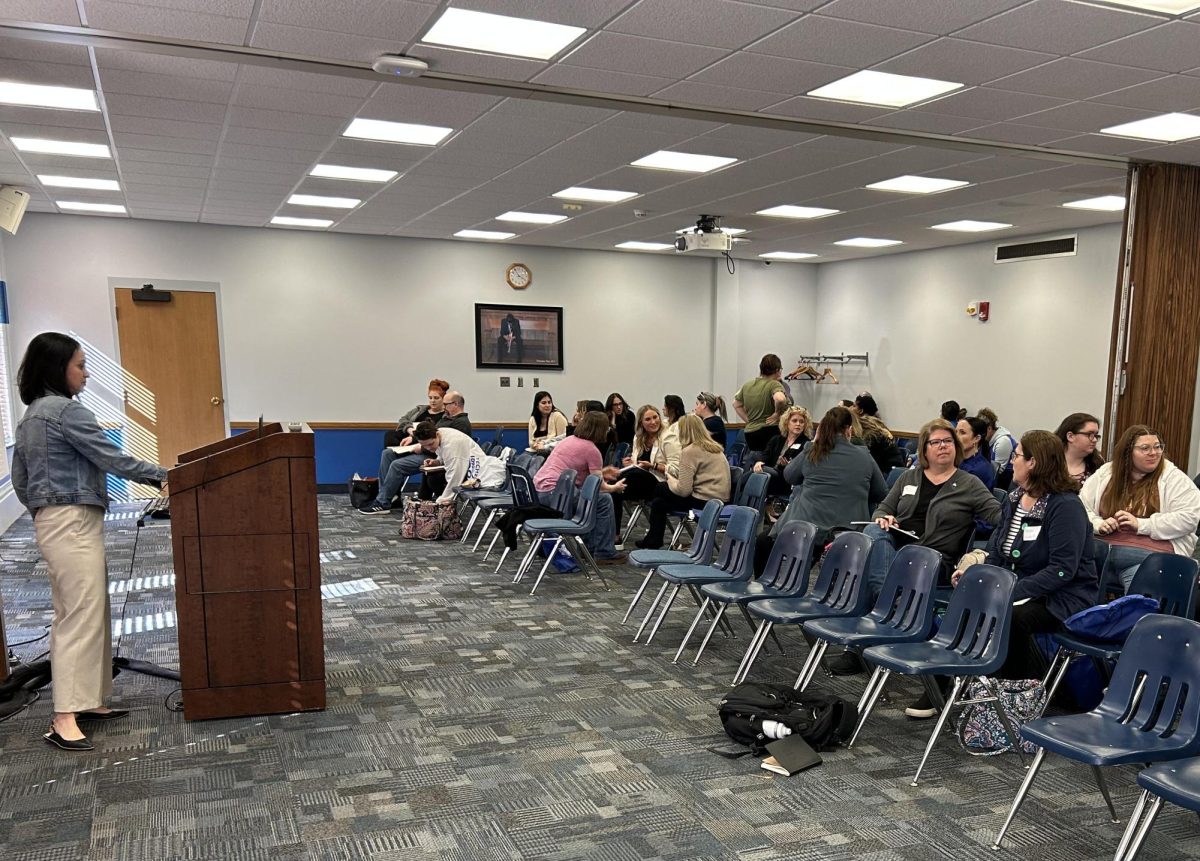

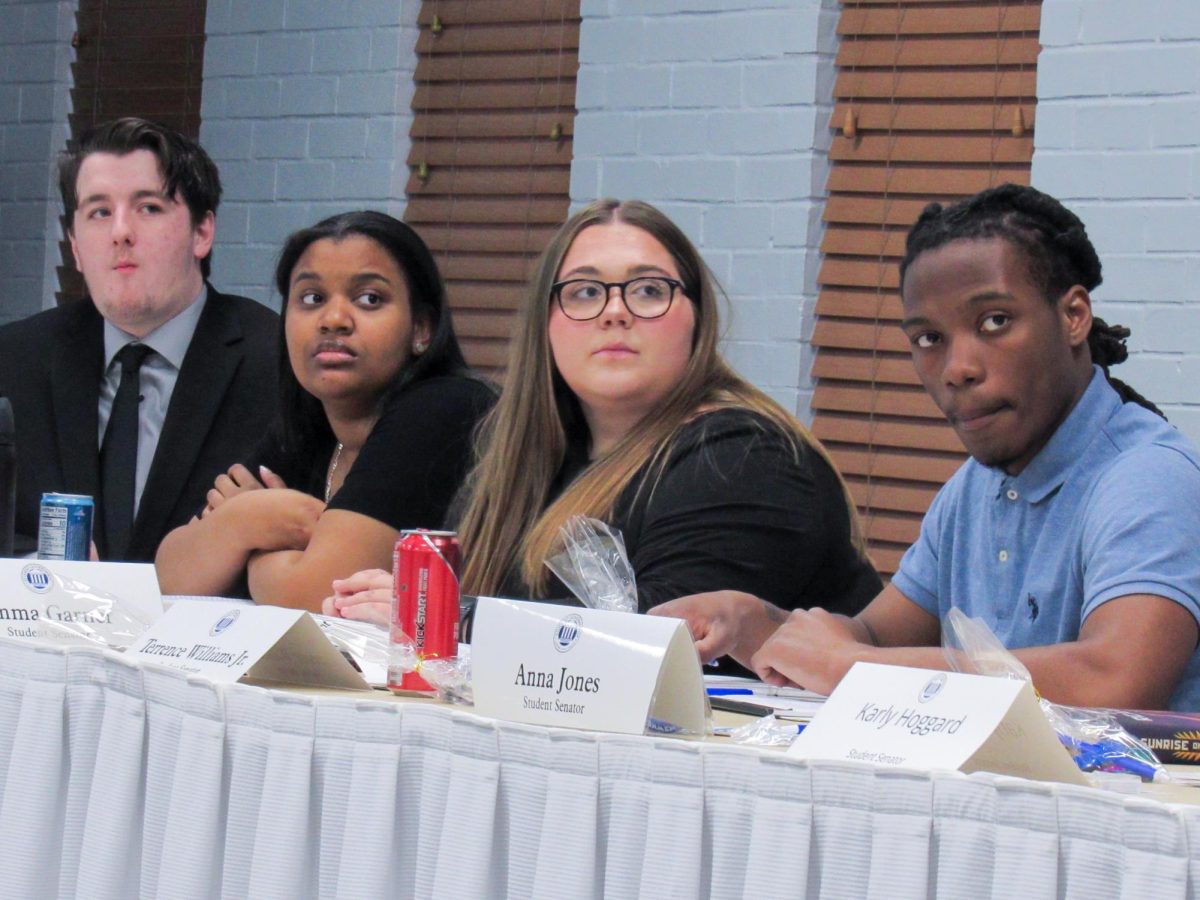

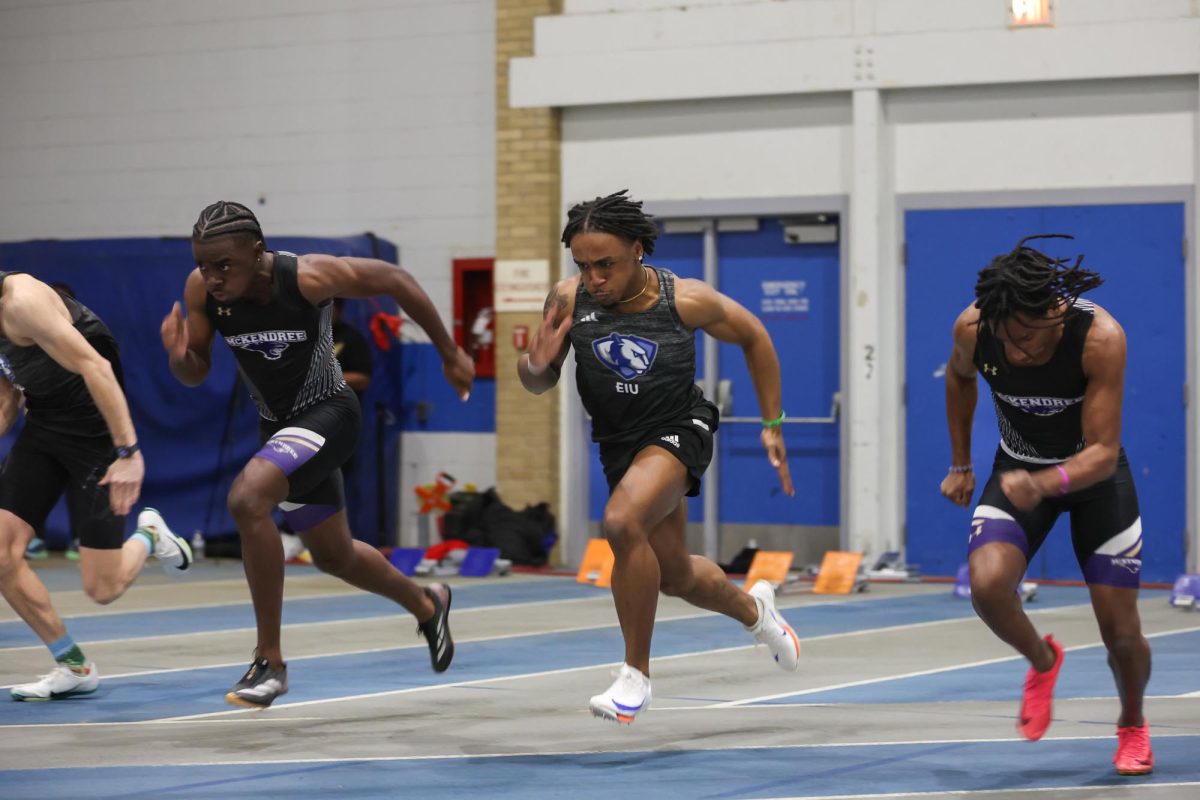
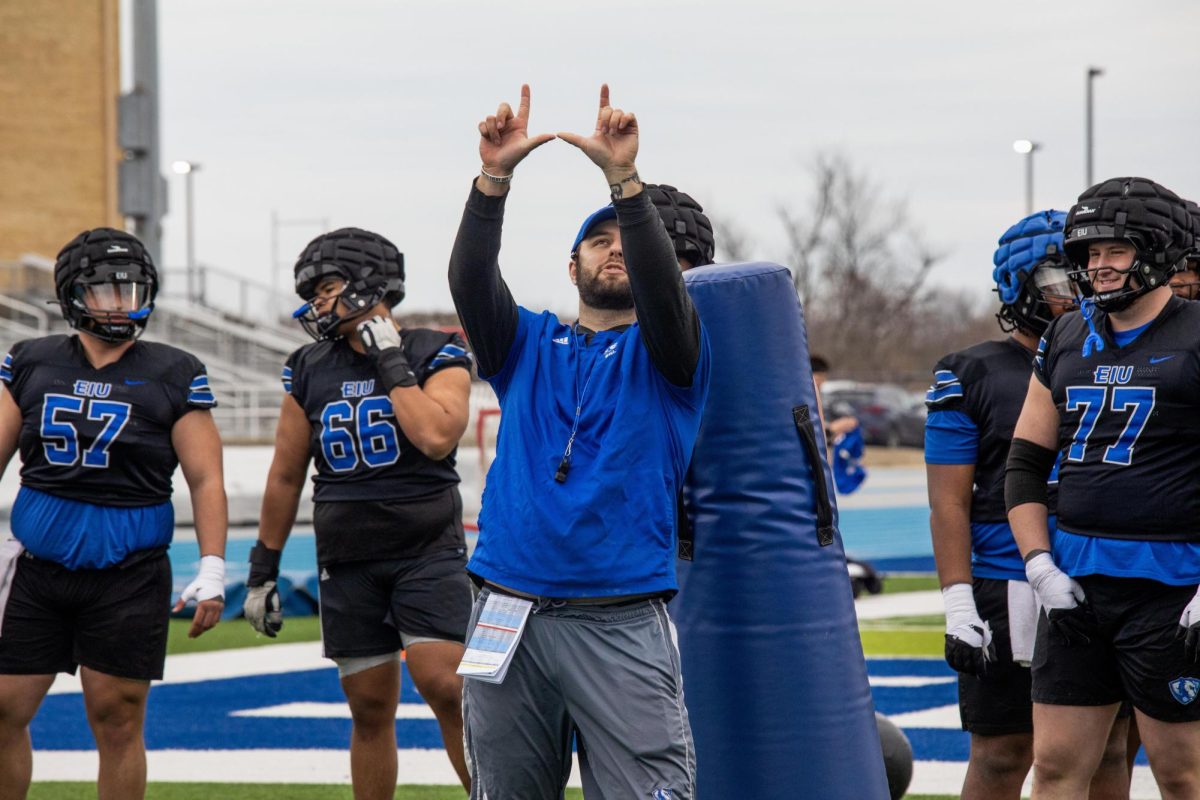

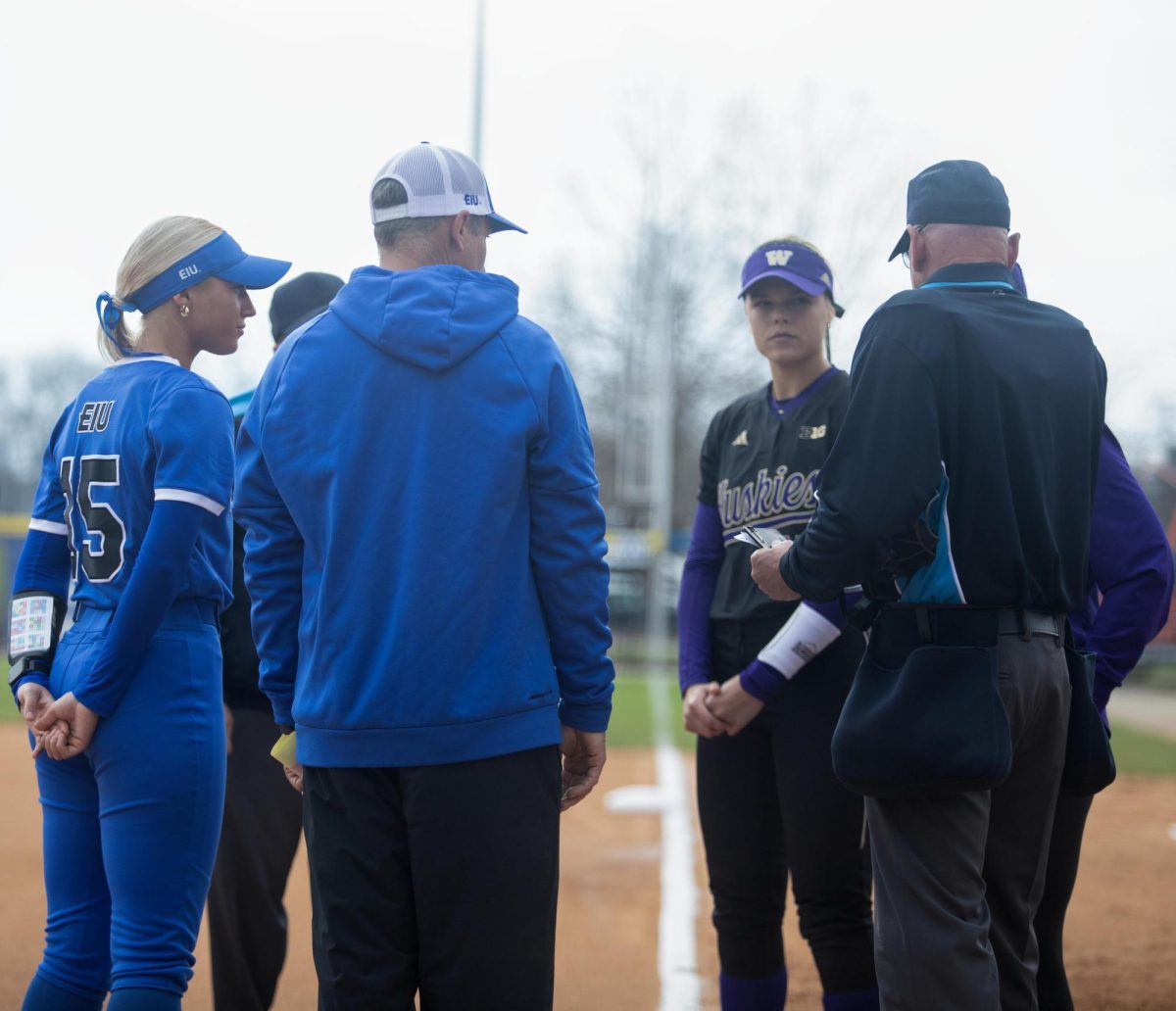
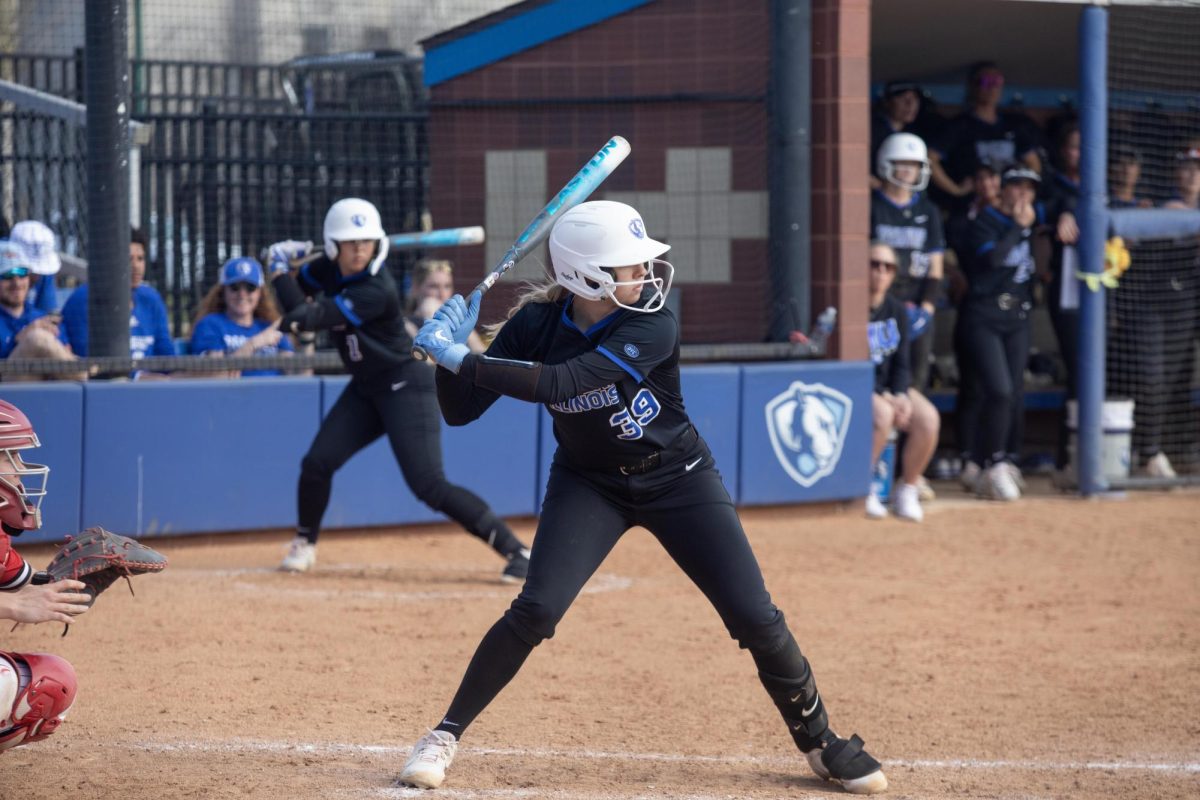
![[Thumbnail Edition] Junior right-handed Pitcher Lukas Touma catches at the game against Bradley University Tuesday](https://www.dailyeasternnews.com/wp-content/uploads/2025/03/MBSN_14_O-e1743293284377-1200x670.jpg)
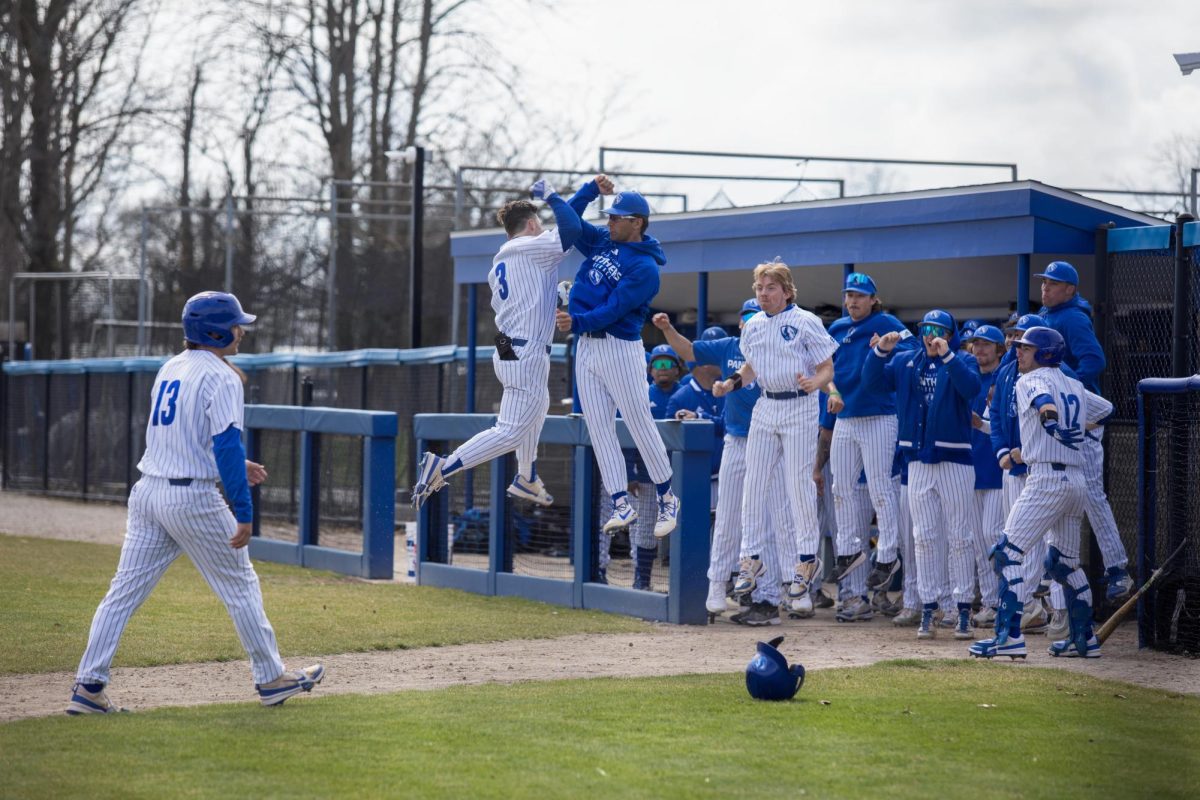
![[Thumbnail Edition] Eastern Illinois University baseball senior utility player Tyler Castro fields a ground ball during the team's first intrasquad scrimmage of the season on Jan. 31.](https://www.dailyeasternnews.com/wp-content/uploads/2025/03/BB_01_O-e1742874760130-1-e1742907504722-1200x911.jpg)
![[Thumbnail Edition] Senior Foward Macy McGlone, getsw the ball and gets the point during the first half of the game aginst Western Illinois University,, Eastern Illinois University Lost to Western Illinois University Thursday March 6 20205, 78-75 EIU lost making it the end of their season](https://www.dailyeasternnews.com/wp-content/uploads/2025/03/WBB_OVC_03_O-1-e1743361637111-1200x614.jpg)





















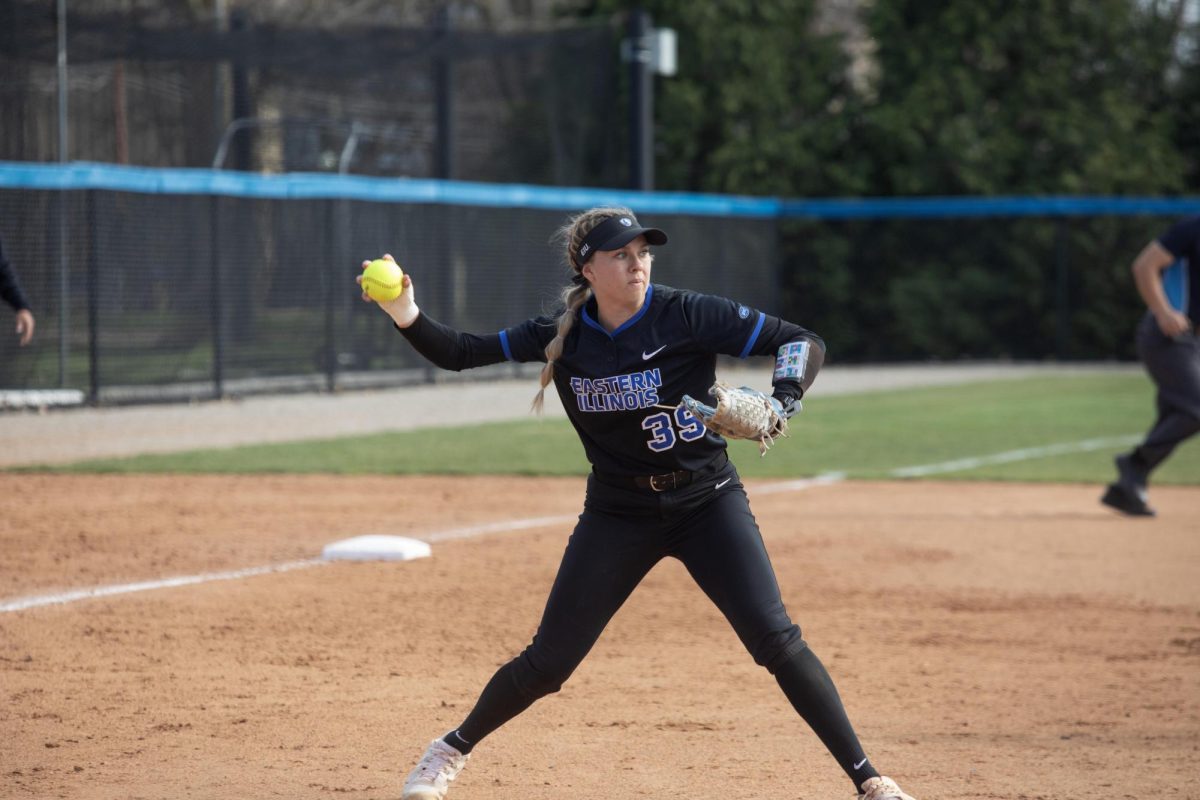














![The Weeklings lead guitarist John Merjave [Left] and guitarist Bob Burger [Right] perform "I Am the Walrus" at The Weeklings Beatles Bash concert in the Dvorak Concert Hall on Saturday.](https://www.dailyeasternnews.com/wp-content/uploads/2025/03/WL_01_O-1200x900.jpg)
![The team listens as its captain Patience Cox [Number 25] lectures to them about what's appropriate to talk about through practice during "The Wolves" on Thursday, March 6, in the Black Box Theatre in the Doudna Fine Arts Center in Charleston, Ill.](https://www.dailyeasternnews.com/wp-content/uploads/2025/03/WolvesPre-12-1200x800.jpg)















